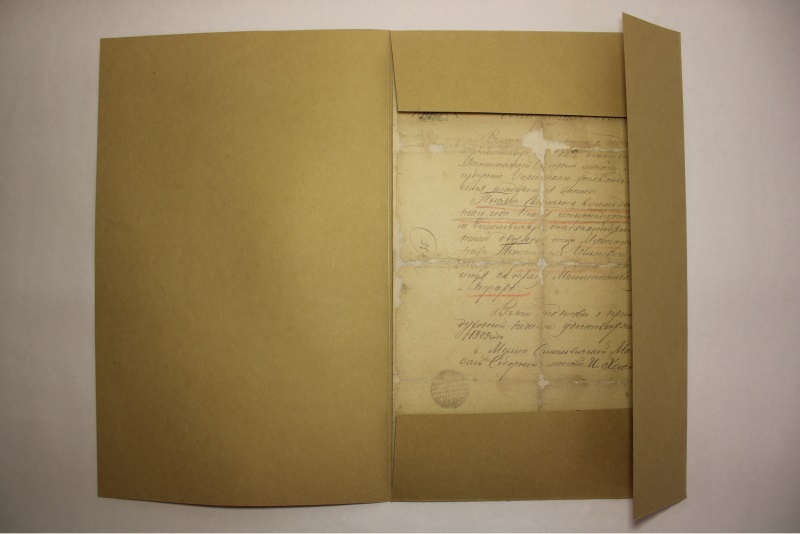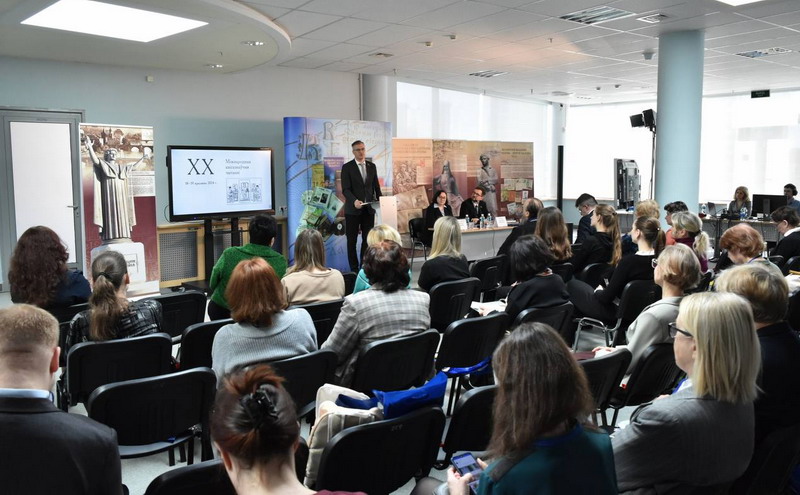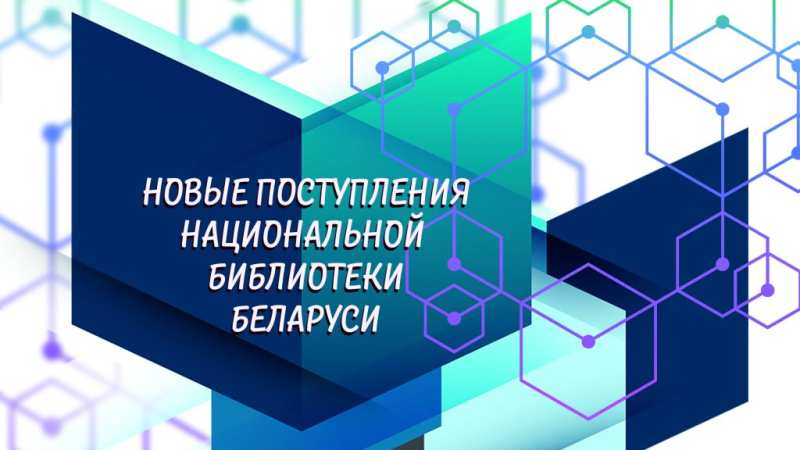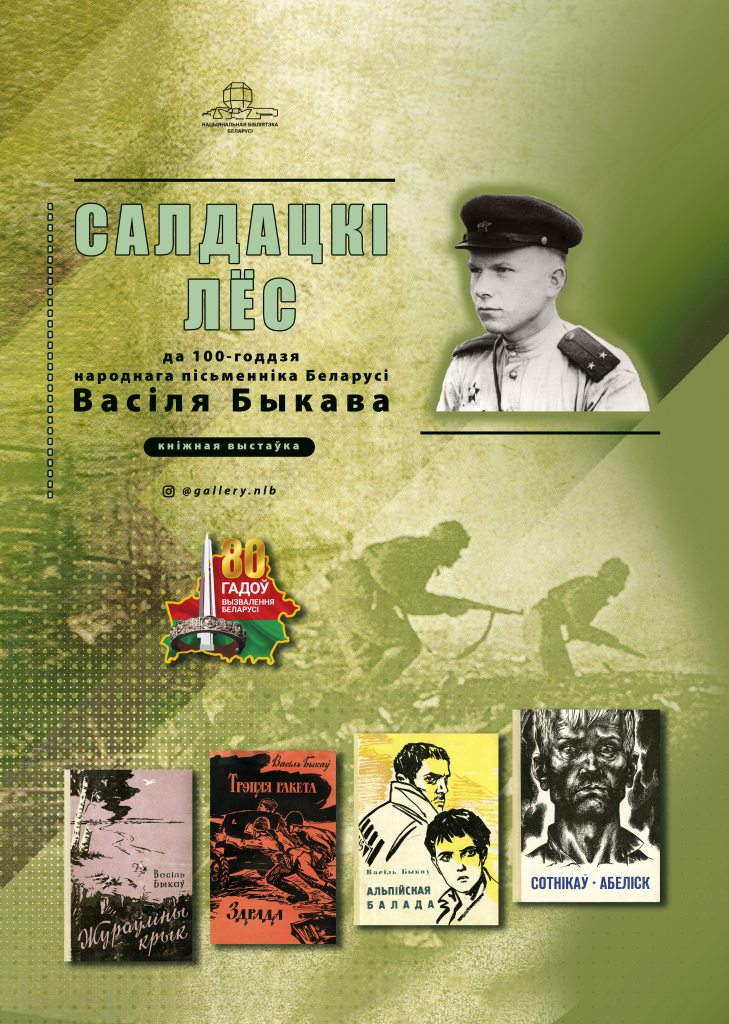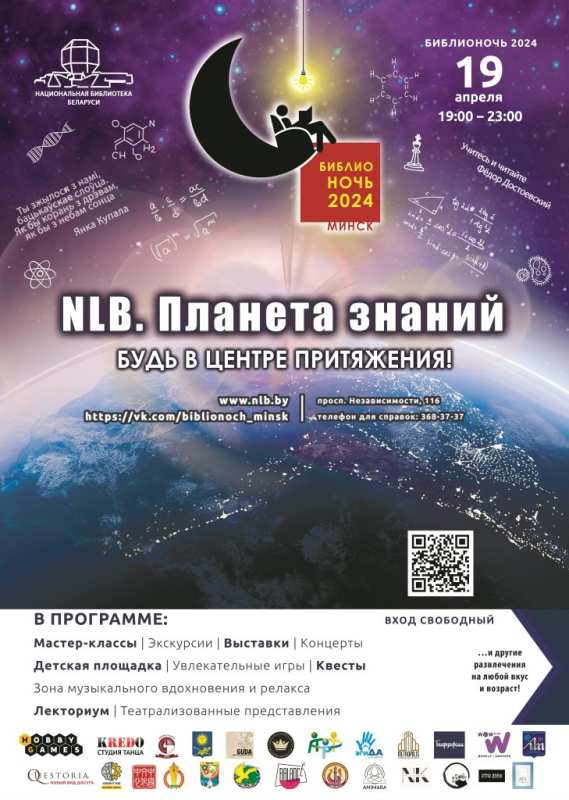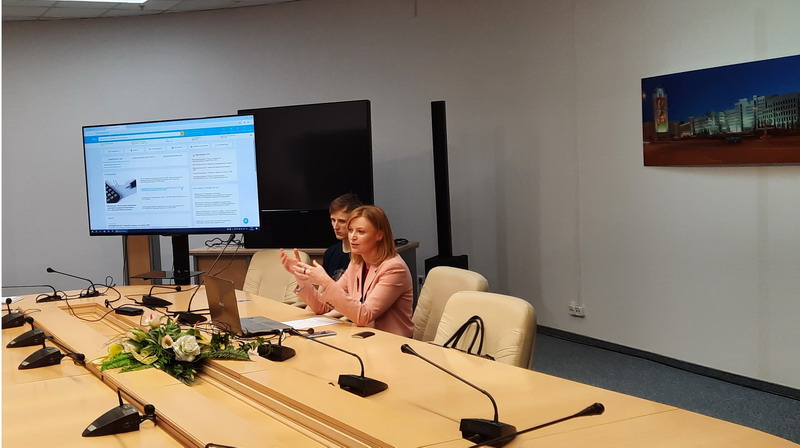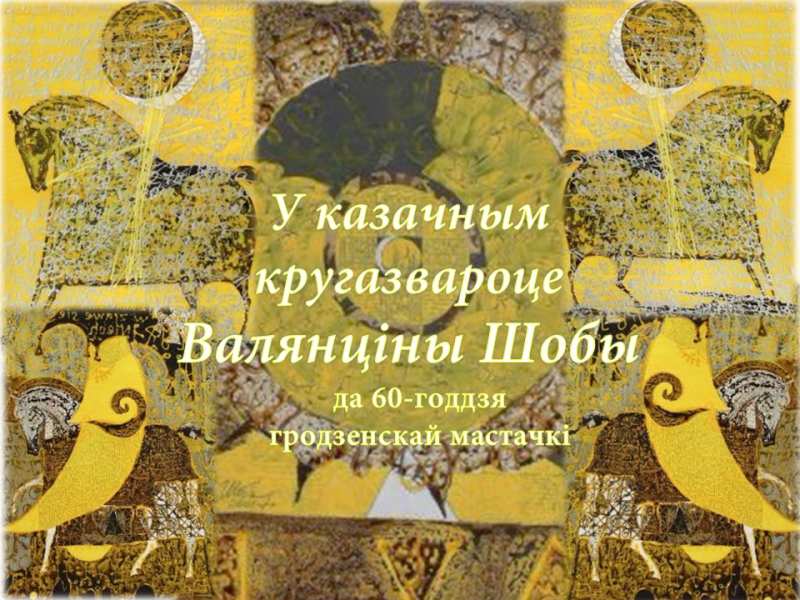Novogrudok, alongside neighbouring Nesvizh and Mir, though modest in size has made a significant contribution to the culture and history not only of Belarus, but of neighbouring Lithuania, Poland and, even, Russia. Founded by Grand Duke Yaroslav the Wise, the city celebrated its 970th anniversary recently, but how do modern residents live?
Belarus is relatively flat, making Novogrudok seem more like Switzerland! Some streets are on a steep incline, requiring residents to go ‘uphill and down-dale’. One of the highest points in the Novogrudok District (at 323m above sea level) features the majestic ruins of a medieval stone castle. It cuts a romantic stance in the morning mist. Interestingly, its walls and towers went unassailed by Teutonic knights and Tatar soldiers. After the war, archaeologists from Leningrad conducted digs, taking most of their finds to the Hermitage and the Institute of History of Material Culture. Part of the building is now undergoing restoration, using specially made bricks (easily distinguishable from the old), conducted under the state Castles of Belarus programme. Its Shchitovka Tower is to host a museum exhibition, including a model of how the castle would have originally appeared.
Residents of Novogrudok hope to make their ancient city a tourist centre, attracting those who head to nearby Mir and Nesvizh. Of course, it’s important to retain originality and individuality. The city boasts the housemuseum of ingenious poet Adam Mickiewicz (claimed by Lithuania and Poland).
Born in Novogrudok, the museum is the only such in Belarus dedicated to the poet. Nikolay Gaiba, who directs the site, has spent many years researching Mickiewicz’s life. The typical manorial estate dates from the early-19th century, including a side wing, a storeroom for utensils, a well and arbour. Nikolay explains, “Unfortunately, all this has been reconstructed, as the original house, where the well-known poet was born, burnt down twice. Meanwhile, a bomb destroyed the museum, operational from 1938, during the first days of the Great Patriotic War. Museum restoration began in 1948, and it reopened in 1955, existing in its present form since 1990. The fate of Mickiewicz’s family home echoed that of the poet, who experienced much drama. The exhibition currently boasts over 500 artefacts, including ‘first editions’.
For five years, he lived in Russia, becoming friendly with Zhukovsky, Pushkin and other known poets of that time. Pushkin gave a glowing account of his Belarusian colleague, as confirmed by exhibits in Novogrudok, thanks to co-operation with the Moscow’s Pushkin Museum and other Russian archives. Pushkin’s manuscripts include sketches of Mickiewicz’s portrait in the margins. This affinity of poetic souls grew over time, and is manifested today by genuine interest by Russians, who are keen to discover more about the creativity and fate of Adam Mickiewicz. Every year, ever more Russians visit his house-museum in Novogrudok.
Mr. Gaiba tells us, “One of the most paradoxical questions asked is who was more talented: Pushkin or Mickiewicz? Obviously, Pushkin is closer to Russians but, when they learn that Mickiewicz was not only a poet but a professor of two universities they realise that comparison is inappropriate.
He taught in Lausanne (Switzerland) and the College de France (France), and headed the Chair of Slavic Architecture at the University of Paris. Each was a genius. That their destinies are so closely intertwined is surprising. In fact, Pushkin’s son, Alexander, served in Novogrudok and, at the age of 5 months, Alexander’s son (the grandson of the great Russian poet) died. He was buried there, his gravestone located in the old Christian cemetery, and inscribed ‘Младенецъ Петръ Пушкинъ’ (infant Piotr Pushkin).
Not far from the museum, in a tiny public garden, there’s a bust erected to another well-known Russian poet: talented singer, composer and actor Vladimir Vysotsky. Created by Belarusian sculptor Gennady Buralkin, it was unveiled in 2012 and was the first such in Belarus. Mr. Gaiba explains, “In 1969, Vladimir Vysotsky spent several months in our city, shooting a film based on works by famous Belarusian writer Ales Adamovich: Sons Go to Fight and War Under the Roofs. Here, he wrote several wellknown military songs and it’s said that he sang for local residents sometimes, playing his guitar. His beautiful wife, Marina Vladi, is remembered fondly.”
Several well-known Belarusian poets are closely connected with the Novogrudok District: Yanka Kupala lived there for some time, while Yakub Kolas was the Deputy for the Novogrudok Region during the days of the BSSR Supreme Soviet. Last June, a private art gallery opened and has since been welcoming student-sculptors for open-air events. Some of their best works now adorn the city’s squares and streets.
The local children’s and youth sports Olympic reserve school #1 has already produced several biathlon champions. Young Dmitry Budilovich is one of its most recent successes, having taken medals at the Biathlon World Cup. The school opened its own museum of skiing over five years ago, gaining more exhibits over time. Some are already over a century old while others are more modern.
Famous past pupil Lyudmila Ananko, of double Olympic Games biathlete success, has contributed several artefacts. Meanwhile, Novogrudok boasts the recently opened Biathlon and Skiing Department: the Lida branch of the Grodno Olympic Reserve College.
There, youngsters are fully supported by the state as they train. Close ties exist with Russian colleagues, as the school’s director, Victor Litvinsky, confirms. He tells us, “Twice annually, we send our guys to Murmansk, where the snow is knee high by November – unlike here. Our guys usually ski 550km daily during training”.
Russians also come to our sports-biathlon complex, located near the village of Selets. This allows coaches to exchange experience, and compare results. Last year, agrarians in the region saw record harvests of grain, sugar beet and rape, as well as milk yields, and forage.
Ancient Novogrudok is home to Leor-Fish Joint Limited Liability Company, which grows a worthy crop of vegetables, ready for processing and tinning. Leor Plastic joint enterprise makes fish preserves (taken by truck to Moscow almost daily) and Novogrudok Gas Equipment Plant JSC employs about 1,200 workers (exporting 60 percent of its production to Russia). Novogrudskie Dairy JSC also exports almost all its production to the Russian Federation.
The First Deputy Chairman of the Novogrudok District Executive Committee, Yuri Makarevich, notes that more young people than ever are coming to the district, taking up higher education and specialised secondary education. There’s no doubt that the area has a bright future.
The Minsk Times Thursday, February 12, 2015

